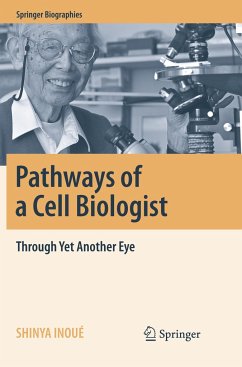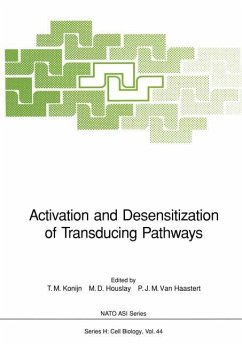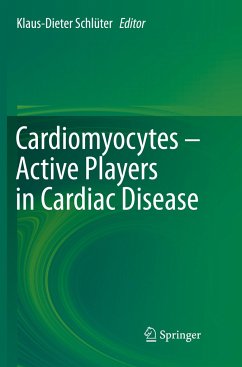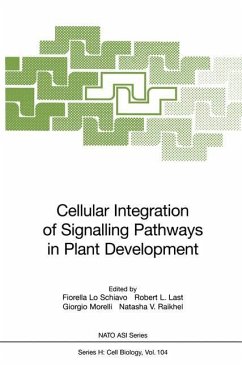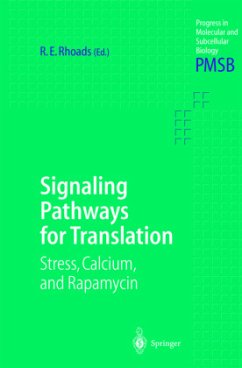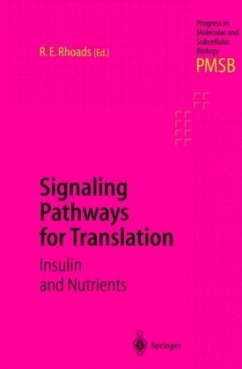
Store-Operated Ca²¿ Entry (SOCE) Pathways
Emerging Signaling Concepts in Human (Patho)physiology
Herausgegeben: Groschner, Klaus; Graier, Wolfgang F.; Romanin, Christoph
Versandkostenfrei!
Versandfertig in 6-10 Tagen
190,99 €
inkl. MwSt.

PAYBACK Punkte
95 °P sammeln!
This second edition of the book on Store-operated Ca2+ Entry Pathways has been updated with the newest discoveries that emerged in the field within the last five years. The crystal structure of the Ca2+ signaling core complex is described which adds to a new understanding of the molecular interactions involved. Each chapter has been revised and extended. The book retains its interdisciplinary approach and supplies biochemists, cell biologists and biophysicists as well as clinicians in immunology, neurology and cardiology with valuable information on Ca2+ signaling mechanisms, functions, dysfun...
This second edition of the book on Store-operated Ca2+ Entry Pathways has been updated with the newest discoveries that emerged in the field within the last five years. The crystal structure of the Ca2+ signaling core complex is described which adds to a new understanding of the molecular interactions involved. Each chapter has been revised and extended. The book retains its interdisciplinary approach and supplies biochemists, cell biologists and biophysicists as well as clinicians in immunology, neurology and cardiology with valuable information on Ca2+ signaling mechanisms, functions, dysfunctions and their consequences.






